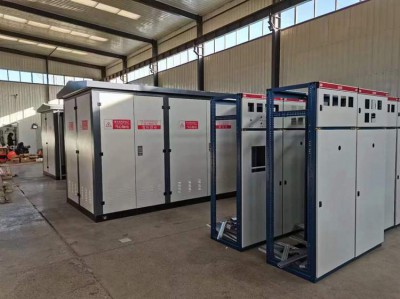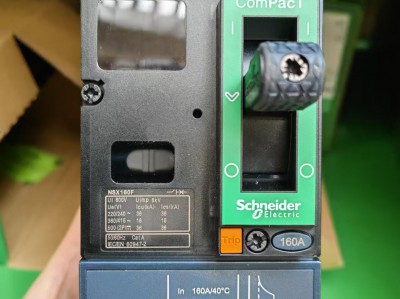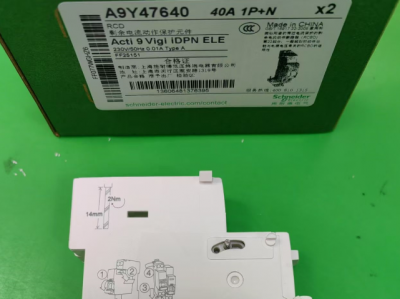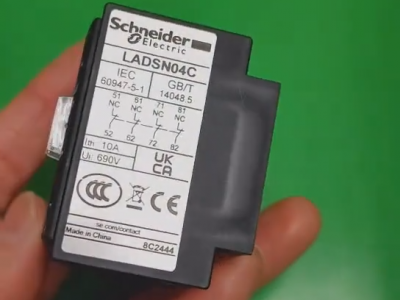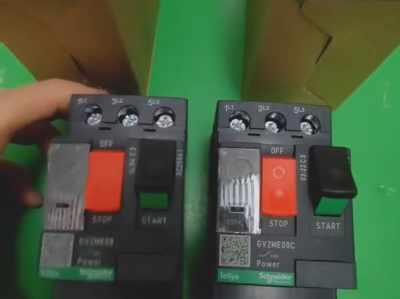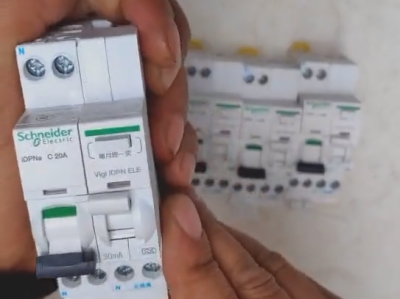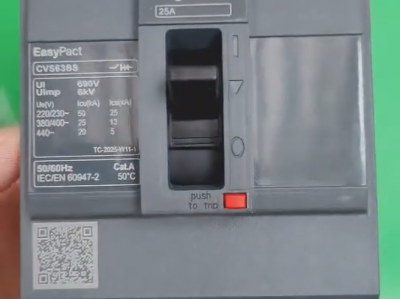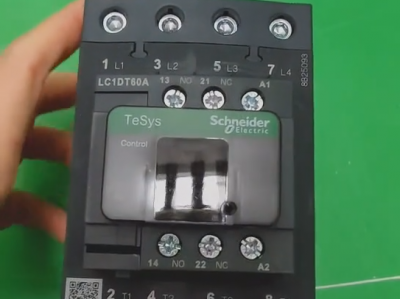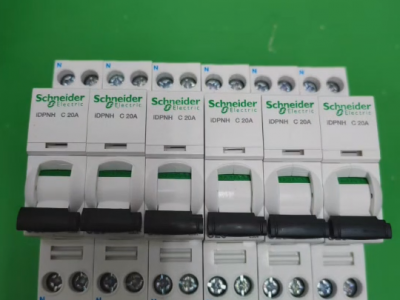CHINT NXM250S/3200 - 200A molded case circuit breaker
Product description

CHINT NXM250S/3200 - 200A" is the complete model number of a **molded case circuit breaker (MCCB)** under the CHINT brand. It is mainly used for circuit protection in low-voltage power distribution systems.
I. In-depth Analysis of Model Parameters
Each character/number corresponds to the key specifications of the circuit breaker, with specific meanings as follows:
| Model Segment | Meaning Explanation | Core Function |
| NXM | Series code for CHINT molded case circuit breakers | Identifies the product category. The NXM series is a mainstream low-voltage power distribution protection product of CHINT, featuring high breaking capacity and stable performance. |
| 250 | Frame rated current (Inm) | Indicates that the maximum rated current the circuit breaker shell can withstand is 250A. It means that under this "shell model", releases with different rated currents (e.g., 160A, 200A, 250A) can be adapted. |
| S | Breaking capacity grade | "S" represents the standard breaking type (the breaking capacity is usually 35kA; refer to the product manual for specific values). In addition, there are grades such as "H" (high breaking capacity) and "L" (low breaking capacity). The higher the breaking capacity, the better it can safely cut off the fault large current. |
| 3200 | Pole number + Release type | - The first digit "3": 3 poles (suitable for three-phase circuits, such as industrial motors and three-phase power distribution); |
| - The second digit "2": thermal-magnetic release (the most commonly used type, which realizes overload protection through a "thermal bimetal sheet" and short-circuit protection through an "electromagnetic coil"); | ||
| - The last two digits "00": No accessories (e.g., no leakage protection, no auxiliary contacts, etc. If it is "01", it is equipped with auxiliary contacts; if it is "30", it is equipped with leakage protection). | ||
| 200A | Release rated current (In) | It is the core protection parameter of the circuit breaker, referring to the maximum continuous current allowed when the circuit is working normally. When the circuit current exceeds 200A for a long time (overload), the release will trip with a delay; if the current far exceeds 200A instantaneously (short circuit), it will trip instantly to cut off the circuit. |
II. Core Functions and Protection Characteristics
As a "safety guardian" of low-voltage power distribution, its core role is to prevent the expansion of circuit faults. The specific protection functions include:
1. **Overload Protection**
When the circuit current continuously exceeds 200A due to excessive load (e.g., motor stalling, simultaneous startup of multiple devices), the "thermal bimetal sheet" in the release will deform due to heat, pushing the mechanism to trip with **delayed action** (to avoid false tripping caused by short-term overload), thereby protecting wires and equipment from damage due to overheating.
2. **Short-Circuit Protection**
When a short circuit occurs in the circuit (e.g., direct contact between live wires, neutral wires/phase wires), and the current surges to hundreds or even thousands of amperes instantaneously, the "electromagnetic coil" in the release will generate a strong magnetic field, which attracts the iron core to push the trip instantaneously. The circuit is cut off **within 0.1 seconds**, preventing equipment burnout, fire or electric shock accidents.
3. **Power Distribution Control**
In addition to the protection function, it can also be used as a "switch" for normal circuits. Manual closing/opening can realize the on-off control of three-phase equipment (e.g., motors, distribution boxes).
III. Application Scenarios
Based on its characteristics of 3 poles, 200A rated current and standard breaking capacity, it is mainly used in **low-voltage three-phase power distribution systems**. Typical scenarios include:
- Industrial workshops: Used as the main protection switch for three-phase motors (e.g., 20-30kW motors) and large machine tools;
- Commercial buildings: Used as the main protection or branch protection for three-phase power cabinets (e.g., outdoor air conditioner units, elevator power supplies) in shopping malls and office buildings;
- Civil power distribution: Used as the three-phase incoming main switch for high-rise residential buildings and villas (if the incoming power supply is three-phase), or as the protection switch for three-phase central air conditioners and energy storage equipment;
- Outdoor power distribution: Used for the low-voltage side protection of street lamp control boxes and small distribution transformers (below 100kVA).
IV. Usage Precautions
1. **Matching Circuit Parameters**: Ensure that the rated voltage (usually AC 380V) and load current of the circuit do not exceed the specifications of the circuit breaker. Avoid the situation of "a small horse pulling a big cart" (e.g., using a 200A circuit breaker to protect a 300A load), which may lead to protection failure;
2. **Adaptation of Breaking Capacity**: If the short-circuit current of the power distribution system is large (e.g., near the transformer), it is necessary to confirm whether the "35kA breaking capacity" meets the on-site requirements. If not, select the "H" high-breaking type;
3. **Regular Inspection**: During operation, regularly check whether the circuit breaker has heat generation or abnormal noise. After tripping, it is necessary to troubleshoot the fault (e.g., short circuit, overload) and do not close the switch blindly;
4. **Professional Installation**: It must be installed by certified electricians to ensure firm wiring (loose wiring is prone to heat generation and burnout). In addition, the 3-pole wiring corresponds to the A, B, and C three phases, and must not be connected incorrectly.

